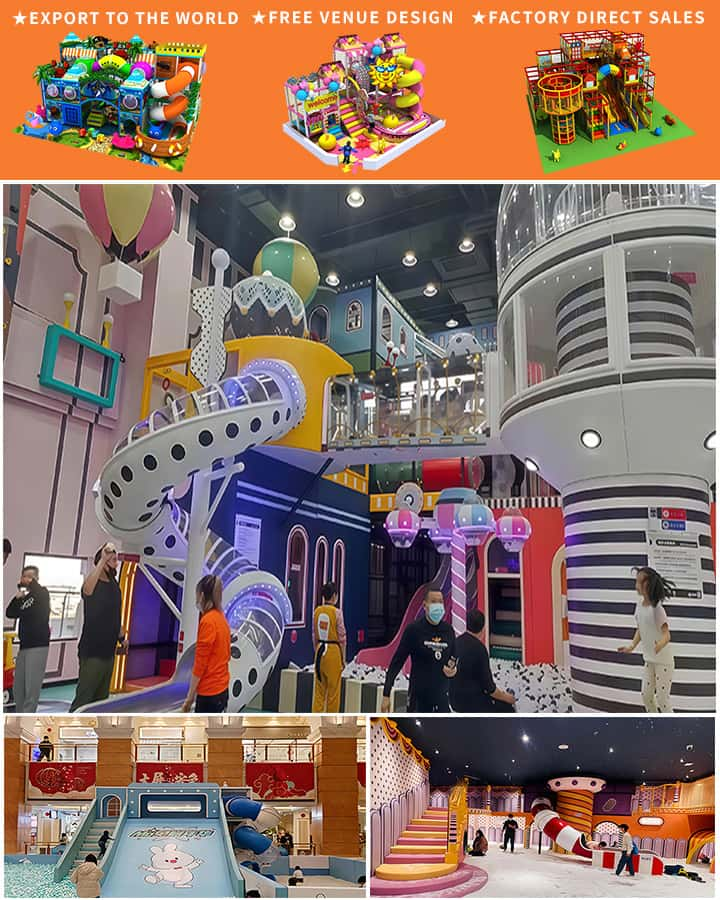Designing an indoor play area is a delightful challenge that combines creativity, functionality, and safety. As urbanization increases and outdoor play spaces become more limited, the importance of well-designed indoor play areas grows. These spaces are not just for entertainment; they play a crucial role in children’s physical development, cognitive growth, and social skills. Here are some key considerations and ideas to help design an engaging and stimulating indoor play area.
Understanding the Purpose
Before embarking on any design project, it’s essential to understand the primary purpose of the indoor play area. Will it be a dedicated space for toddlers, preschoolers, or a mix of various age groups? Different age groups require different types of play equipment and safety measures. For instance, toddlers need soft, padded surfaces and low structures, while older children might enjoy climbing walls, slides, and interactive games.
Safety First
Safety is non-negotiable when designing an indoor play area. All materials used should be non-toxic, and the area itself must be free from sharp edges and hazardous objects. Flooring should be cushioned to prevent injuries from falls, and all equipment must meet safety standards and be securely anchored to the ground or walls. Regular inspections and maintenance routines should also be established to ensure the ongoing safety of the play area.

Incorporating Educational Elements
An effective indoor play area goes beyond mere fun; it should also be educational. Integrate elements that promote learning through play. Interactive installations like alphabet puzzles, number games, and sensory tables stimulate cognitive development. Themed areas, such as a mini-market or doctor’s clinic, encourage role-playing and social interaction, helping children develop communication and empathy skills.
Maximizing Space
Indoor areas can often be limited in size, so making the most of available space is crucial. Use multipurpose furniture that can transform from one activity to another. Foldable climbing structures, modular play blocks, and convertible art stations save space when not in use. Vertical space should also be utilized effectively with shelving units, wall-mounted games, and overhead rope courses.
Engaging Aesthetics
The visual appeal of the indoor play area is vital to attract and retain children’s interest. Choose a cohesive color scheme that is both calming and stimulating. Bright colors like yellow, red, and blue can energize the space, but incorporating some neutral tones will balance the atmosphere. Decorative elements such as murals, themed decorations, and natural light sources create a welcoming environment.
Flexibility and Adaptability
Children’s interests evolve rapidly, so the indoor play area should be adaptable to change. Modular components that can be rearranged or replaced allow for flexibility and longevity. Seasonal updates with new themes or activities keep the space fresh and exciting. Additionally, consider involving parents and caregivers in the design process to incorporate their insights and suggestions.
Conclusion
Creating an outstanding indoor play area involves careful planning, creativity, and a deep understanding of child development needs. By focusing on safety, educational value, space optimization, aesthetic appeal, and flexibility, you can design a space that not only entertains but also nurtures young minds. Remember, the ultimate goal is to create an environment where children feel happy, safe, and inspired to explore their world.




